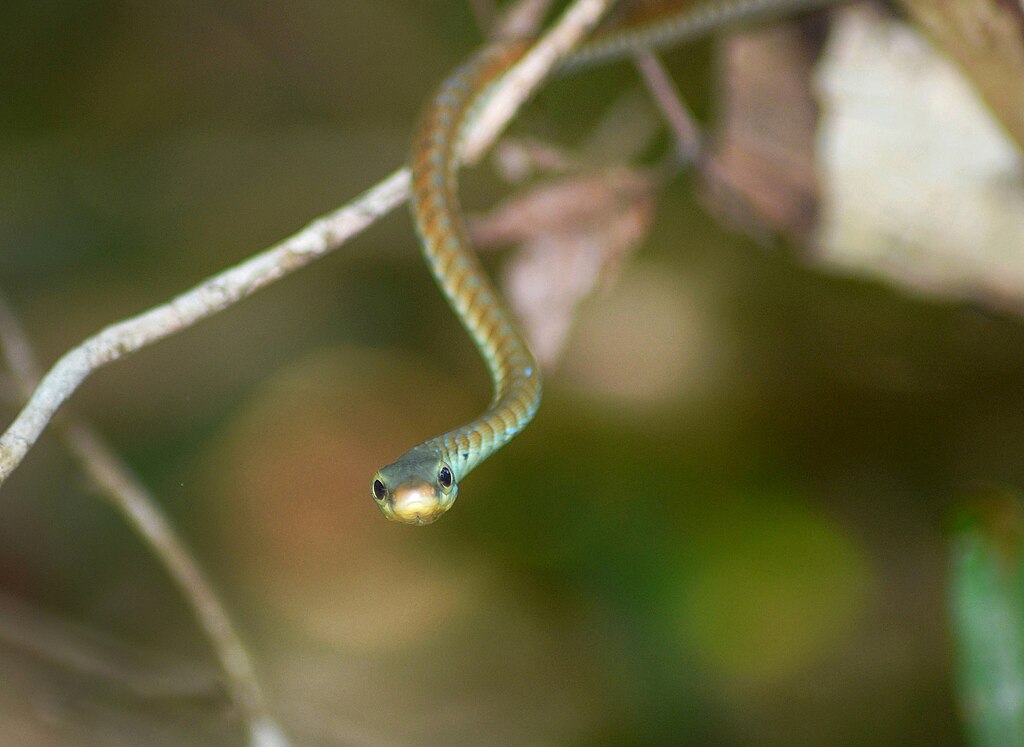When venturing into snake country or encountering these reptiles in various settings, knowing whether a snake has its attention fixed on you can be crucial for your safety and peace of mind. Snakes are fascinating creatures with unique sensory abilities and behavioral patterns that indicate their awareness. Understanding these signs can help you navigate encounters safely and appreciate these remarkable animals from a respectful distance. This comprehensive guide explores the telltale indicators that a snake is observing you and what these behaviors might mean.
Understanding Snake Vision and Perception
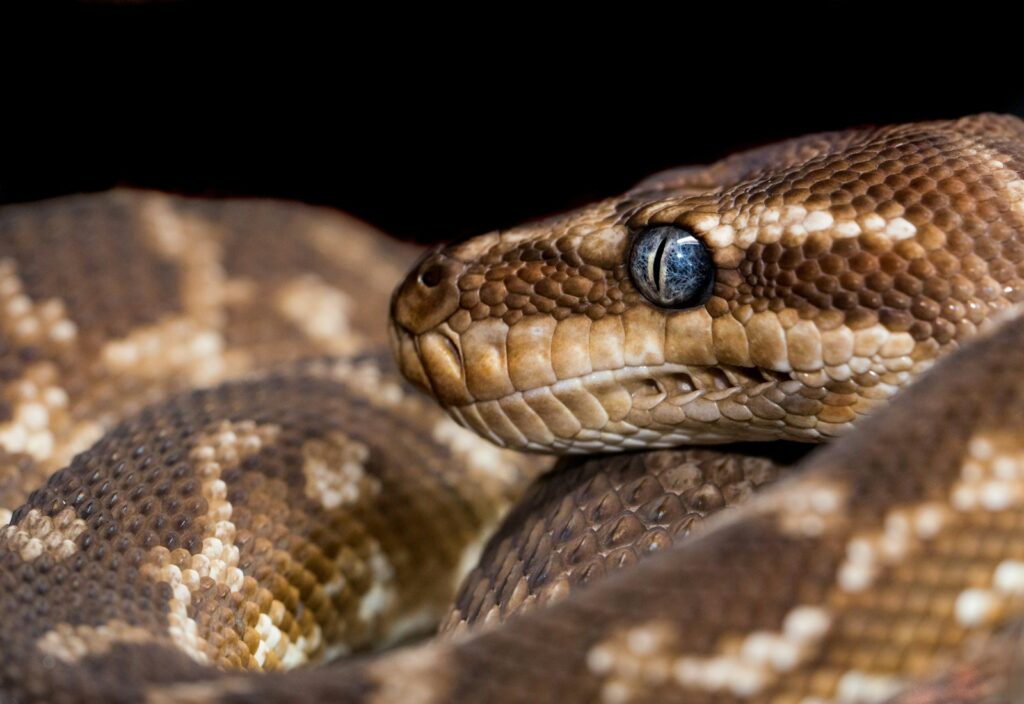
Snakes perceive their environment quite differently than humans do, utilizing a combination of visual, thermal, chemical, and vibrational cues. Their eyes lack eyelids and instead have a transparent scale called a spectacle or brille that protects each eye. Most snake species have decent vision, though acuity varies significantly between diurnal (day-active) and nocturnal species. Diurnal snakes like the green mamba can see in color and have sharper vision, while nocturnal species such as ball pythons have more limited visual capabilities but enhanced sensitivity to movement. When a snake is observing you, its visual focus becomes apparent through sustained orientation of its head in your direction, regardless of your movements around its environment.
Direct Head Positioning and Tracking
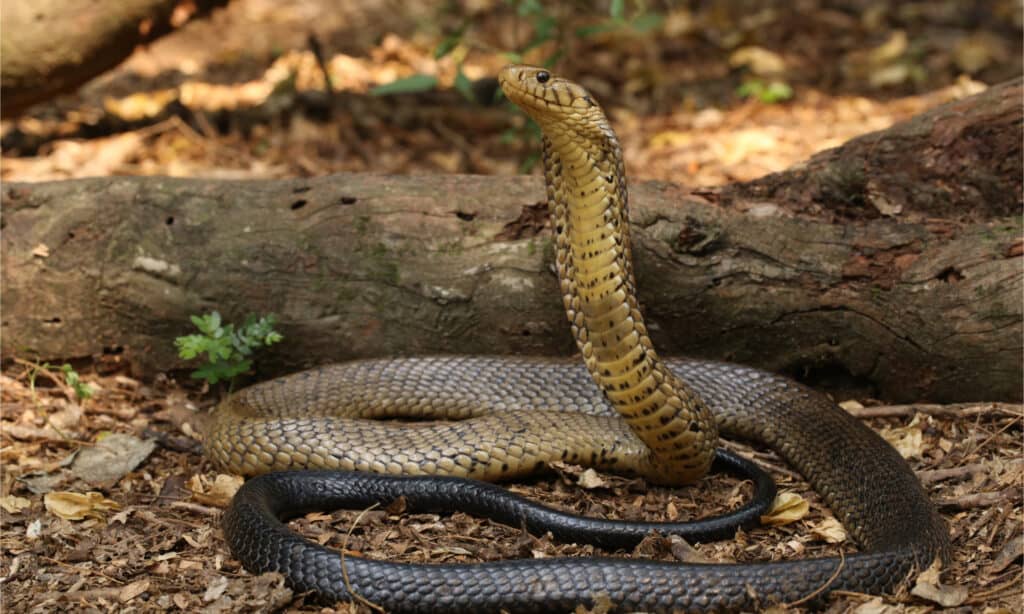
One of the most obvious signs that a snake is observing you is its head position and tracking behavior. A snake that maintains a steady gaze in your direction, with its head oriented toward you even as you move around, is definitely monitoring your presence. This tracking behavior can be subtle in calm snakes or more pronounced in alert or defensive individuals. Unlike mammals that might glance away occasionally, a snake’s unwavering attention indicates heightened awareness of your presence. In some cases, particularly with larger species like pythons or certain vipers, you may notice the snake slightly elevating its head to get a better visual perspective of your movements.
The Flicking Tongue – A Key Indicator

A snake’s tongue is not just a fascinating feature but a vital sensory organ that collects chemical particles from the air. When a snake rapidly flicks its tongue in your direction, it’s essentially “tasting” your chemical signature to gather information. This behavior typically intensifies when a snake detects something of interest, such as a potential threat (you) or prey. The frequency and intensity of tongue flicking can indicate the snake’s level of interest in you – casual, intermittent flicks suggest mild curiosity, while rapid, persistent flicking signals focused attention. Additionally, after each flick, the snake transfers collected particles to its Jacobson’s organ (vomeronasal organ) in the roof of its mouth for chemical analysis, helping it build a comprehensive sensory picture of you and your potential intentions.
Body Positioning and Readiness
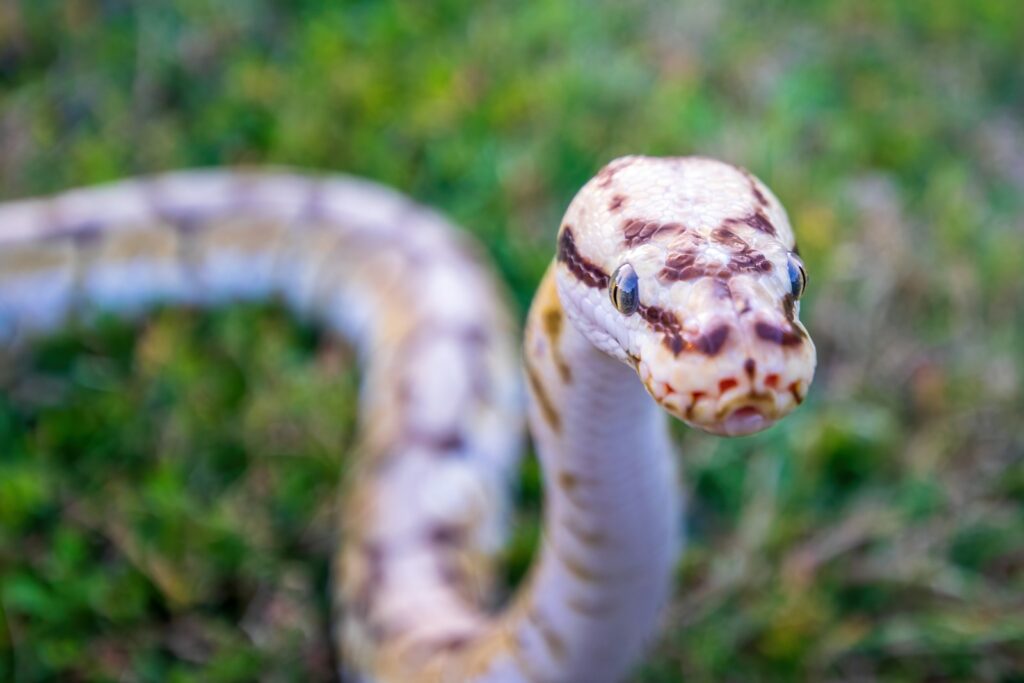
A snake’s body posture can reveal whether it’s casually aware of you or intently focused on your presence. When a snake is actively observing you, its body often assumes a more alert, ready position rather than a relaxed, meandering form. This might include a slight tensing of muscles, a more defined S-curve in its body, or a subtly elevated position from the ground. For arboreal species like tree vipers, observation may involve careful repositioning on a branch for a better vantage point. These postural adjustments indicate the snake is preparing for potential action – whether that’s retreat, defense, or simply maintaining awareness of your movements.
Thermal Detection Through Pit Organs

Pit vipers (including rattlesnakes, copperheads, and cottonmouths) and some boas and pythons possess specialized heat-sensing organs called pit organs. These remarkable structures allow snakes to detect infrared radiation, essentially giving them thermal vision that can identify warm-blooded animals – including humans – even in complete darkness. When a pit viper is observing you using these organs, you might notice it subtly adjusting the angle of its head to optimize the position of its heat-sensing pits. This behavior is particularly evident when the snake moves its head in a slow, deliberate scanning motion while keeping its body relatively still. The snake may also periodically tilt its head slightly, comparing the thermal input between its pair of pit organs to better gauge your distance and position.
Defensive Posturing as Observation Intensifies
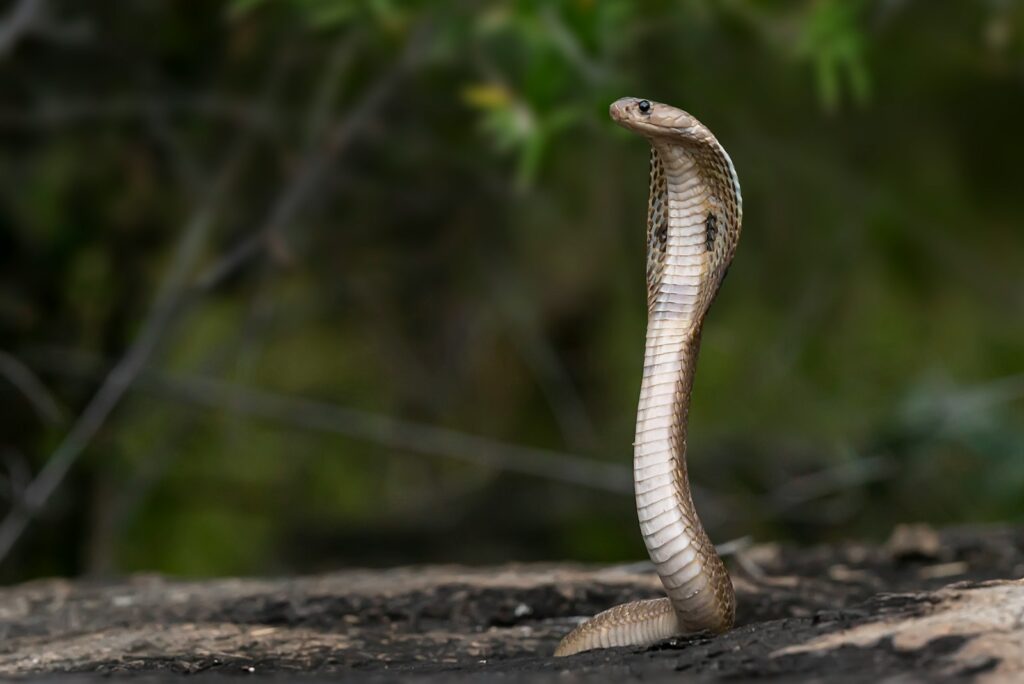
When a snake moves from casual observation to feeling threatened by your presence, its body language shifts dramatically and becomes more overtly defensive. This escalation often begins with more focused observation before transitioning to warning displays. Defensive posturing may include raising the front portion of the body (as with cobras), coiling tightly with the head centered and elevated (common in vipers), or forming S-shaped curves ready for a strike. Rattlesnakes will famously shake their rattles when feeling threatened, while many non-venomous species might flatten their heads to mimic venomous species. These changes in posture indicate the snake has not only noticed you but has determined you represent a potential threat requiring preparation for defense.
Freezing Behavior – The Predator’s Gaze
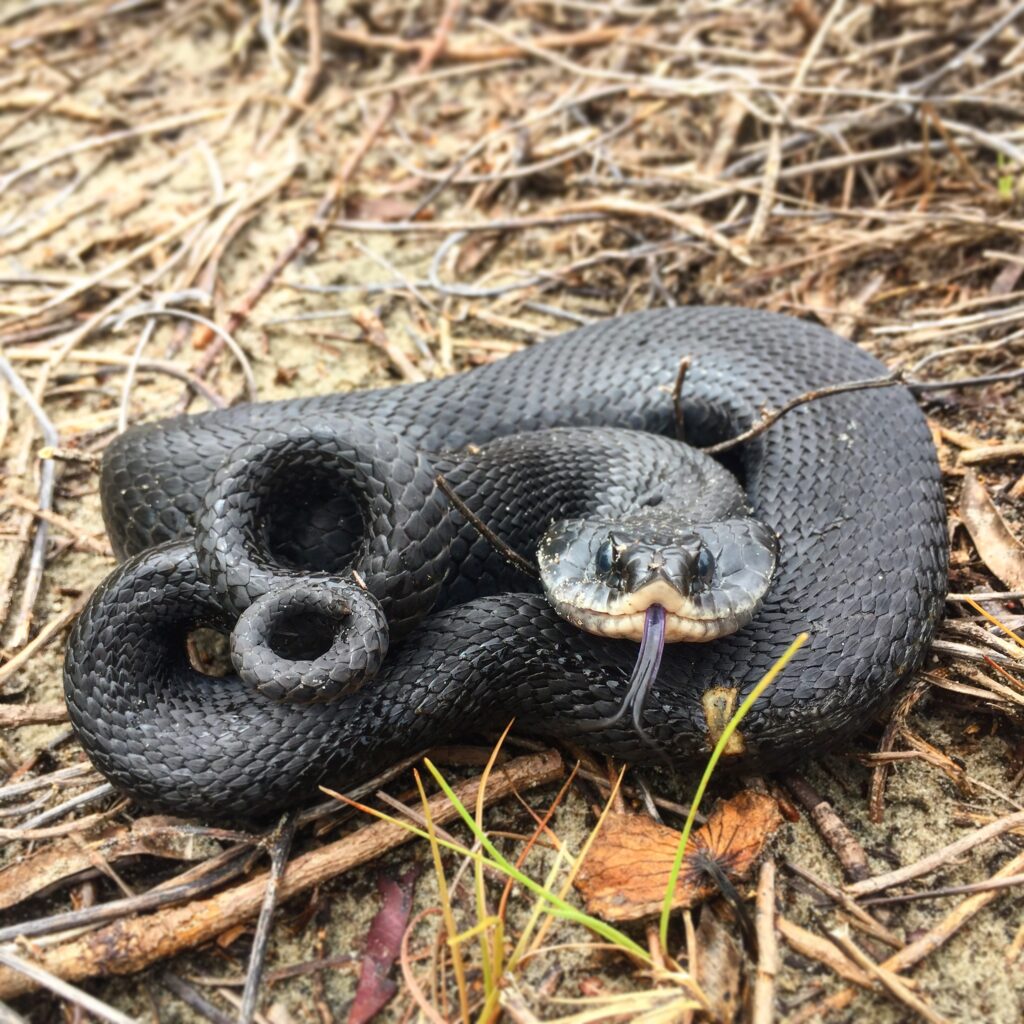
Many snakes exhibit a characteristic freezing behavior when they’ve detected something of interest but are still assessing the situation. This momentary stillness is particularly common in ambush predators like vipers and pythons. When a snake suddenly freezes mid-movement and focuses intently in your direction, it’s likely observing you while determining whether you represent a threat, prey, or something to be ignored. This behavioral pause can last from a few seconds to several minutes, during which the snake may appear completely motionless except for occasional tongue flicks. The freezing response allows the snake to avoid drawing attention to itself while gathering sensory information, and represents a critical decision-making phase where the reptile is actively processing your presence.
Sudden Direction Changes in Movement Patterns
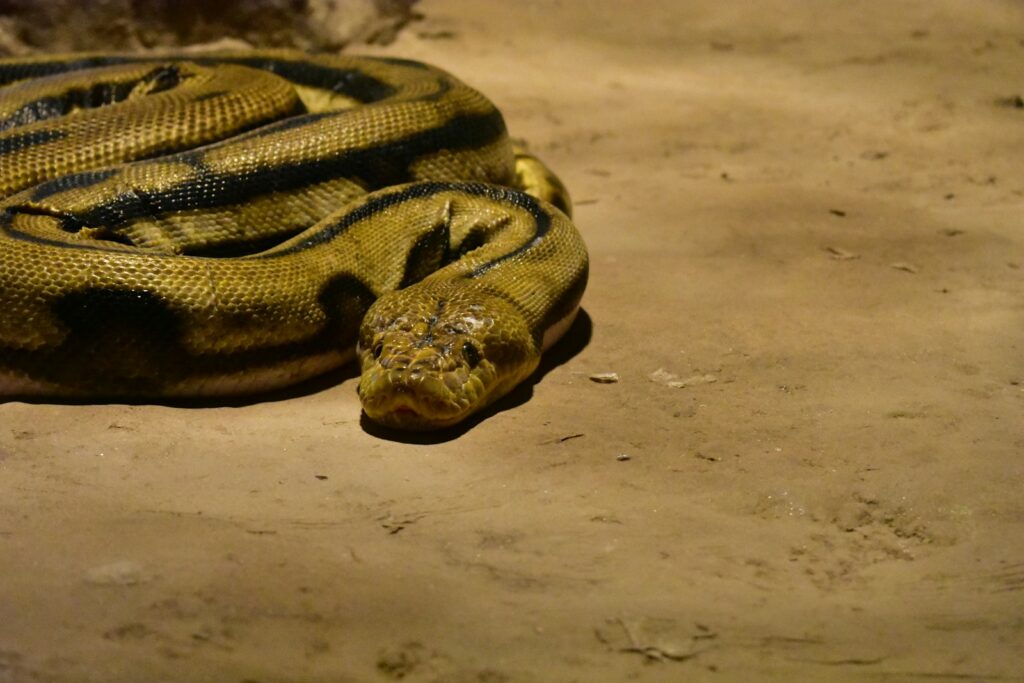
A snake that abruptly alters its movement pattern upon detecting your presence is demonstrating awareness through behavioral adaptation. This might manifest as a snake that was moving in one direction suddenly reorienting itself towards or away from you, depending on its species and temperament. Some more confrontational species might deliberately turn to face you when they sense your presence, while more secretive species might adjust their path to increase distance or find cover. These direction changes are particularly telling when they coincide with your own movements or when you first enter the snake’s sensory range. The precision with which some snakes can target their movement response to your specific location demonstrates their acute spatial awareness and attentional focus.
Vibration Sensitivity and Ground Contact
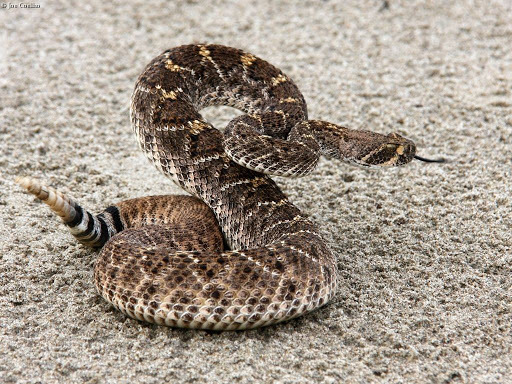
Snakes are extremely sensitive to ground vibrations, detecting the movements of nearby animals or humans through their jawbones and internal structures. When a snake is tuned into your presence through vibration detection, you might notice it pressing its lower jaw more firmly against the ground or substrate. This behavior maximizes contact with the vibrating surface and enhances the snake’s ability to track your movements even when you’re out of visual range. Some species will even extend portions of their body flat against the ground while elevating their head, creating a larger contact surface for vibration detection while maintaining visual observation. In environments with loose substrate like sand or leaf litter, a snake actively monitoring vibrations might exhibit subtle movements of its head in response to your footsteps, even from considerable distances.
Species-Specific Observation Behaviors

Different snake species display distinctive observation behaviors based on their ecological niche and evolutionary history. Arboreal species like green tree pythons might track you with minimal head movement, relying on excellent camouflage while maintaining visual contact. Fast-moving species such as racers or whipsnakes may bob their heads slightly while observing, improving depth perception through parallax. Venomous species often demonstrate more intense observation behaviors, with cobras expanding their hoods while directly facing perceived threats, and rattlesnakes adopting a tightly coiled position with rattles slightly elevated. Understanding these species-specific variations can help you identify not just whether a snake is watching you, but also provide clues about the type of snake you’re encountering and its likely next actions.
Timing and Duration of Observation

The temporal aspects of a snake’s attentive behavior can reveal much about its level of interest in you. Brief observation followed by a return to previous activities suggests the snake has assessed you as non-threatening or irrelevant. Prolonged, unbroken attention indicates heightened interest or concern about your presence. Some snake species, particularly ambush predators, can maintain unwavering observation for remarkably long periods – sometimes hours – without visible fatigue or distraction. This sustained vigilance is especially common in defensive scenarios or when the snake is evaluating an unusual presence in its territory. The persistence of a snake’s observation often correlates with proximity – the closer you are to the snake, the more likely it will maintain continuous attention on your movements.
Contextual Factors Affecting Snake Attention
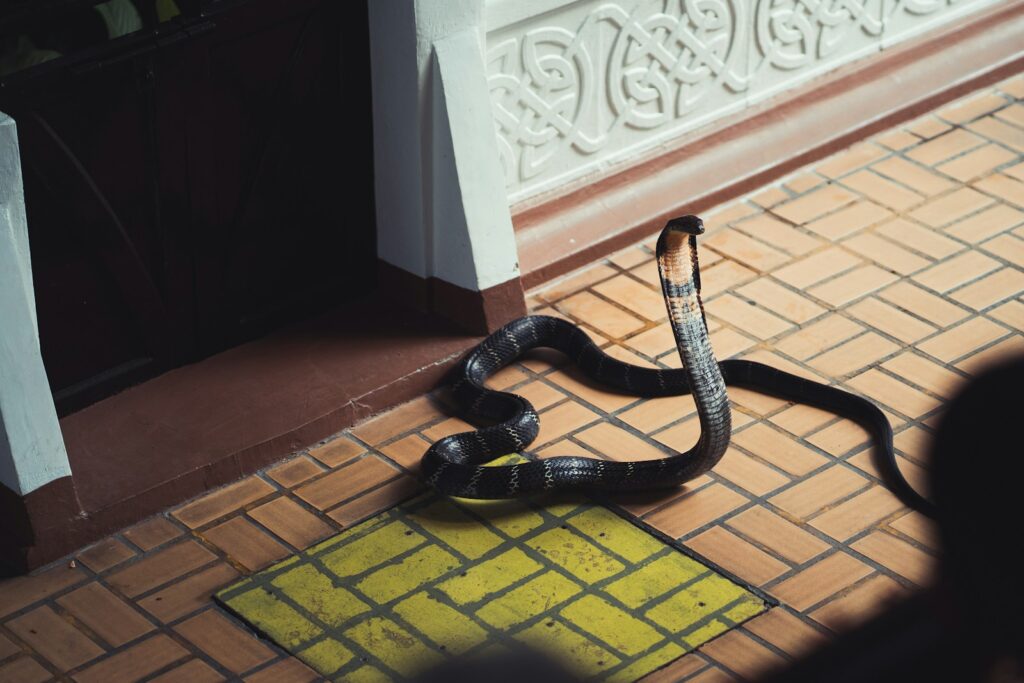
Environmental and situational factors significantly influence how intensely a snake might observe you. Snakes are more vigilant during their active periods, which vary by species – diurnal species are more responsive during daylight hours, while nocturnal species show heightened awareness after dusk. Seasonal factors also play a role, with many species showing increased alertness during breeding season or periods of dispersal. A snake that has recently eaten may be less attentive as it focuses on digestion, while a hunting snake will be hyper-aware of all potential prey or threats in its vicinity. Weather conditions affect attention as well, with many species showing reduced responsiveness during extreme temperatures or just before storms when barometric pressure changes. Understanding these contextual elements helps interpret whether a snake’s observation of you is casual or represents focused interest.
Responding Safely to a Snake’s Attention

When you’ve determined a snake is observing you, responding appropriately is crucial for both your safety and the snake’s wellbeing. The cardinal rule is to avoid sudden movements that might trigger a defensive response – slow, deliberate movements are less threatening to the snake. Creating distance between yourself and the snake should be done gradually by backing away rather than turning and running, which creates vibrations that might provoke the snake. Never attempt to handle, capture, or kill a snake that’s watching you, as this dramatically increases the risk of a defensive strike. For venomous species showing intense observation behaviors, maintaining a distance of at least twice the snake’s body length is recommended as a minimum safety buffer. Remember that most snake observations of humans are driven by caution rather than aggression, and giving the animal space to retreat is often the best resolution.
Understanding when a snake is observing you involves recognizing a combination of subtle behavioral cues, from head positioning and tongue flicking to body posture and movement patterns. These fascinating reptiles employ a complex suite of sensory systems to monitor their environment, and their attention to human presence typically stems from caution rather than aggression. By learning to identify these signals, you can better navigate encounters with snakes, responding appropriately to minimize stress for both yourself and the animal. Whether you’re a hiker, gardener, or simply someone who appreciates wildlife, this knowledge contributes to safer coexistence with these important and often misunderstood members of our ecosystems.

